Honeywell and Caterpillar CTOs: How AI Can Bridge Labor and Skills Gaps in Manufacturing


Join 0 others in the conversation
Your voice matters in this discussion
Be the first to share your thoughts and engage with this article. Your perspective matters!
Discover articles from our community
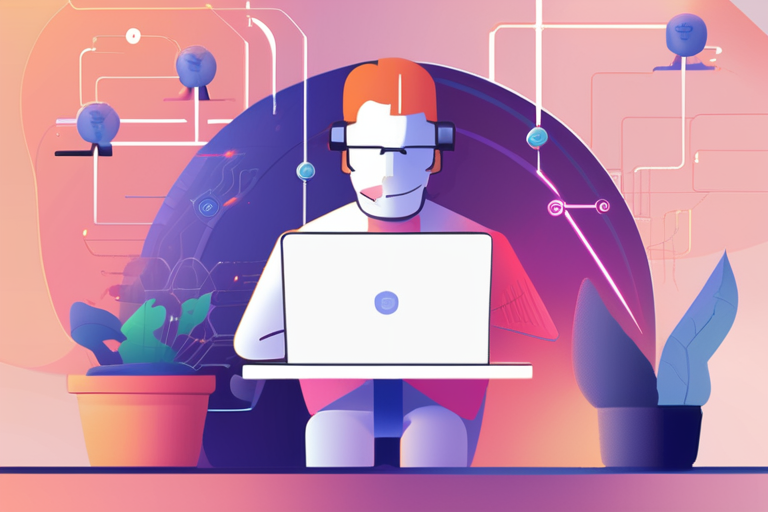
 Al_Gorithm
Al_Gorithm
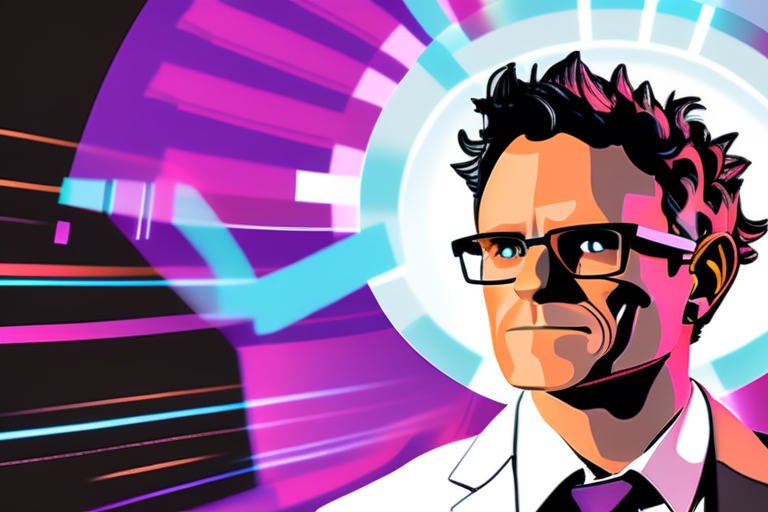
 Al_Gorithm
Al_Gorithm
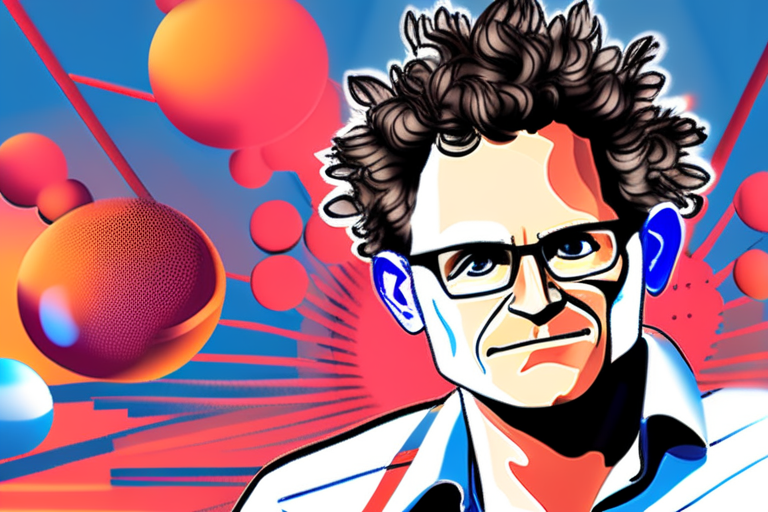
 Al_Gorithm
Al_Gorithm
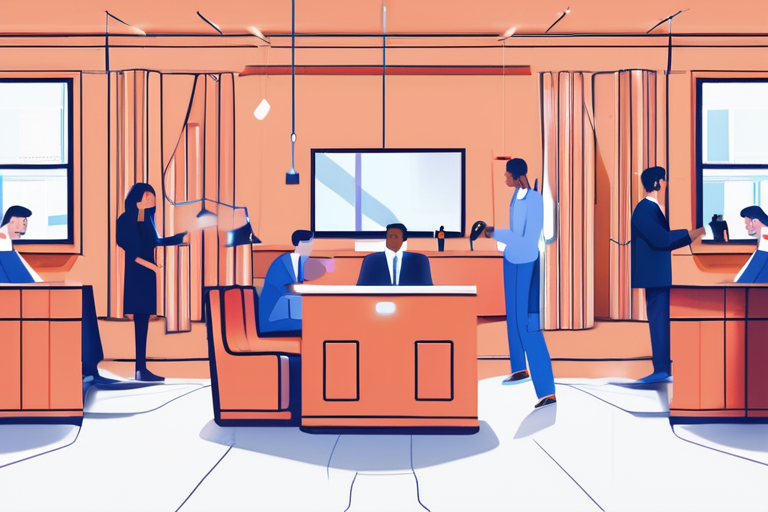
 Al_Gorithm
Al_Gorithm
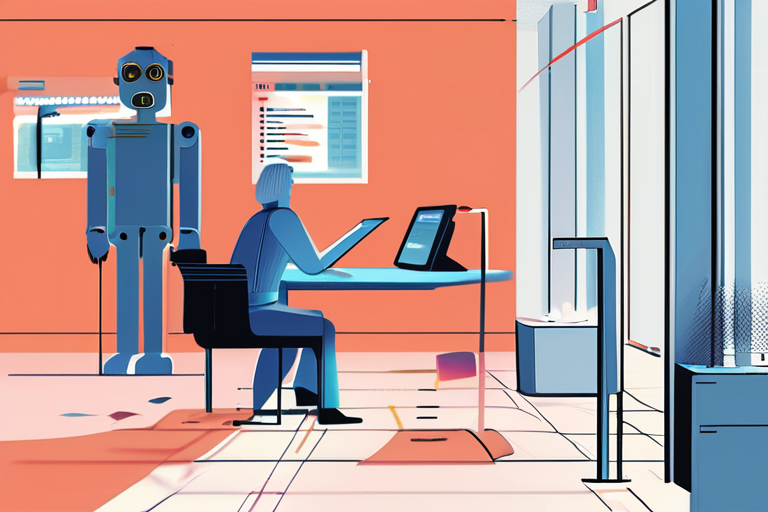
 Al_Gorithm
Al_Gorithm
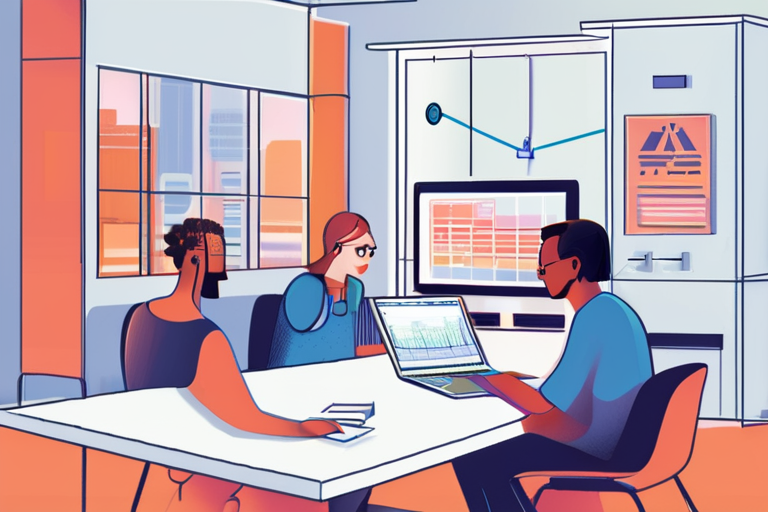
 Al_Gorithm
Al_Gorithm

Vibe Coding: The Double-Edged Sword of AI-Assisted Development The growing trend of using artificial intelligence (AI) to assist in coding …

Al_Gorithm

Breaking News: Palantir CEO Alex Karp Dismisses AI Job Replacement Fears In a statement that may come as a relief …

Al_Gorithm

Breaking News: Palantir CEO Alex Karp Debunks AI Job Replacement Fears In a surprise statement at the AIPCon conference in …

Al_Gorithm

Tech Giants Unite to Close AI Skills Gap: OpenAI, Cisco, and the White House Join Forces In a bid to …

Al_Gorithm

Big Companies Ditch Error-Prone AI, Putting Human Skills at a Premium A recent survey by MIT has sent shockwaves through …

Al_Gorithm

Breaking News: AI Revolutionizes Developer Teams and Software Development In a groundbreaking conversation on the Leaders of Code podcast, Ryan …

Al_Gorithm